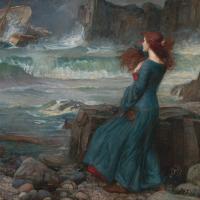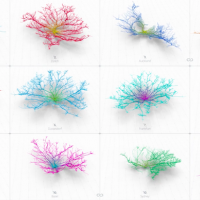By: Jaime Clifton, Research Curator
In order to understand the terms "curator" and "curatorship", we must first examine their origins. Traditionally, "curators" worked as subject specialists responsible for the research and interpretation of tangible objects safeguarded behind institutional walls. Removed from their original contexts, museums were assigned full intellectual authority over their collections leaving little room for outside interpretation. Museums in fact were originally created as spaces for social surveillance that strived to inspire lower classes to better themselves through education, both behavioural and academic. Just as society has evolved beyond this old model, so have the concepts of ‘curator’ and ‘curatorship’.
So what do they mean now? In our paradigmatic shift towards digital infrastructure, we have gradually democratized access to knowledge. The traditional curator no longer solely possesses intellectual authority, rather they function as couriers of content. They can also exist outside the traditional museum context. In my view, a curator is a storyteller that interprets and communicates valuable cultural information while considering the public’s interest. Ultimately, they experiment with new ways of sharing information and uncover innovative approaches to public engagement.
To learn more about the early development of Museums, check out:
Bennett, Tony. The birth of the museum: History, theory, politics. Routledge, 2013.
Cabinet of Curiosities, by Domenico Remps (1620-1699), circa 1690, oil on canvas, via Wikimedia Commons.
- Log in to post comments




CRC Comments